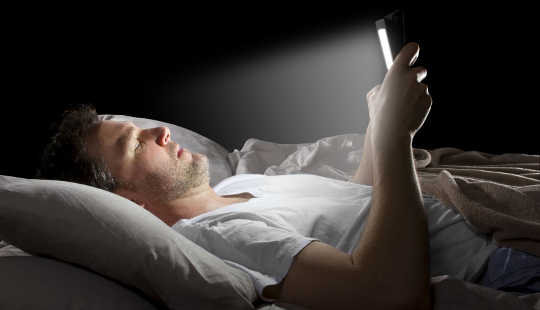
A recent newspaper article under the headline “High street eye test can provide early indication of dementia” highlighted yet another complex connection between the eye and the brain.
This important eye-brain interface is still being researched and many disciplines are now working together to make fresh findings. But while most of us know that regular physical activity and eating healthily can help maintain or improve our well-being, few are aware of the importance of feeding our eyes with the right kind of light. Indeed, not experiencing the right quality and quantity of light could have adverse effects on hormonal changes, sleep patterns and may even be linked to obesity.
Our knowledge of how the light bulbs we use can help feed our eyes with the right light is rudimentary at best. We know that different light bulbs are cheaper, brighter, more energy efficient or more recyclable, but we know much less about how they can impact our well-being.
Light of your life
Light bulb packaging also includes technical values for the bulb’s colour rendering index (CRI) and colour temperature – but very few people really know what these numbers mean.
Colour temperature is measured in Kelvins (K) and generally speaking gives us an idea of how yellow or blue the light will appear. A light bulb with a colour temperature of 2,700K produces light which appears yellowish. If this value is increased to 5,000K, it will appear blueish.
But colour temperature values can also have an impact on our well-being. Our circadian rhythm is synchronised with the 24-hour cycle and triggered by natural periods of light and dark. In response to this important cycle, the brain produces different hormones and drives other bodily functions.
One of the hormones produced is melatonin, which is released at night in the absence of light and makes us feel sleepy. But overexposure of our eyes to light can prevent melatonin secretion and can have unfavourable effects on other bodily functions, too.
In 2001, a group of researchers from Thomas Jefferson University in Philadelphia and supported by NASA discovered that the colour (wavelength) of light – as well as its intensity – plays an important role in the release/suppression of melatonin. Blue light in particular was found to be a strong suppressor of melatonin.
Since then, different studies have confirmed the effect light colour temperature can have on our circadian rhythms, but there is still a long way to go to fully understand the effects so that consumers can make informed choices when buying bulbs.
Yellow or blue?
Some lighting companies have developed white lights that emit a higher amount of blue light. These are mostly used in offices with the intention of making people more alert and active.
But blue light’s not much use if you’re trying to wind down. Indeed, some electronic device manufacturers have tried to solve this problem, for example by creating phones that change the type of light they emit over the course of the day.
Most of us are unaware of the quality of artificial light we are exposed to at work and at home, and the effect that these lights can have on our sleep. Think of caffeine. It’s great in the morning to give you a boost of energy and attention, but can play havoc with your sleep at night. Light can be caffeine to our eyes. Reducing our exposure to high intensity blueish light a couple of hours before going to sleep and keeping our night lights dimmed and on the warm or yellowish side of the spectrum could improve our sleep.
I am now conducting a study at Nottingham Trent’s School of Architecture to look further into the impact that exposure to high colour temperature light during office hours can have on our sleep and to promote awareness of the effects of artificial light exposure on our well-being. In the meantime, when buying light bulbs, always read the label.
![]()
About The Author
Marisela Mendoza, Senior Lecturer, School of Architecture Design and the Built Environment, Nottingham Trent University
This article was originally published on The Conversation. Read the original article.
Related Books:
at InnerSelf Market and Amazon























